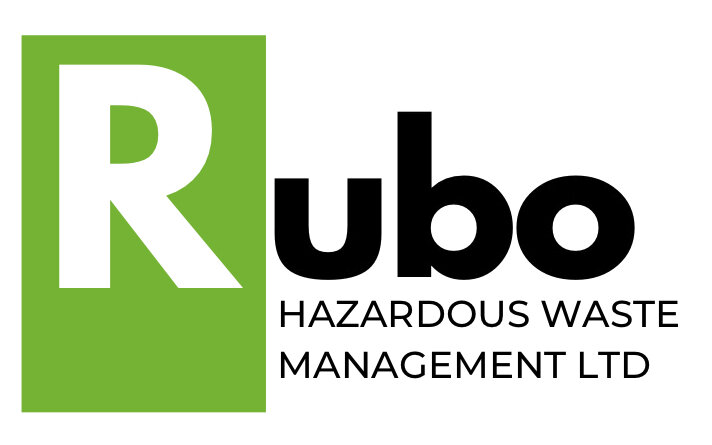Navigating CPL Legislation: Ensuring Safe Handling of Hazardous Waste
In the intricate realm of hazardous waste management, the safety of both our communities and the environment is non-negotiable. Among the cornerstones of this safety framework is the Classification, Packaging, and Labelling (CPL) legislation. In this blog post, we embark on a journey to demystify the CPL legislation, specifically in its application to hazardous waste. Let's unravel the significance, intricacies, and essential implications of this legislation in safeguarding our surroundings and ensuring responsible waste management.
Decoding CPL Legislation in Hazardous Waste Management:
The Classification, Packaging, and Labelling (CPL) legislation stands as a comprehensive regulatory framework that aims to protect human health and the environment by systematically categorizing hazardous substances, establishing appropriate packaging standards, and mandating clear and informative labelling requirements. The objective is simple yet profound - to ensure that hazardous waste is managed with the utmost care, minimizing risks and potential harm.
Key Elements of CPL Legislation for Hazardous Waste:
Classification for Safety: CPL legislation assigns specific hazard classes to hazardous waste based on their characteristics, potential risks, and environmental impact. This classification guides subsequent actions and precautions.
Packaging Excellence: Recognizing that hazardous waste requires specialized containment, CPL legislation sets precise packaging standards. Proper packaging mitigates the risk of leaks, spills, and potential reactions during transportation and storage.
Labelling for Clarity: CPL regulations mandate that hazardous waste be accompanied by clear, standardized labels. These labels contain crucial information, including hazard symbols, safety instructions, and emergency contact details.
The Compliance Imperative:
Compliance with CPL legislation isn't a mere formality; it's an ethical and legal obligation. Failure to adhere to these regulations can lead to serious consequences, including financial penalties and environmental repercussions.
Transformative Impact on Hazardous Waste Management:
CPL legislation has a profound impact on the realm of hazardous waste management. By meticulously classifying, packaging, and labelling hazardous waste, professionals in this field ensure the safety of individuals involved, transportation teams, and disposal sites. This legislation serves as a formidable barrier against contamination and environmental degradation.
Prudent Best Practices for CPL Compliance:
Knowledge Empowerment: Stay informed about the latest updates in CPL legislation relevant to hazardous waste. Continuously educate your team about these regulations.
Documentation as Assurance: Maintain meticulous records of classification, packaging, and labelling procedures to validate your compliance efforts.
Collaborative Synergy: Foster a culture of collaboration with suppliers, transporters, and disposal facilities to guarantee that hazardous waste is meticulously managed through each phase.
Our Promise of Responsible Waste Management:
At Rubo - Hazardous Waste Management Ltd, we consider CPL compliance as the bedrock of responsible waste management. Our team is well-versed in the nuances of CPL legislation and steadfastly adheres to the highest standards of safety, transparency, and environmental preservation.
Need Counsel or Assistance?
For inquiries about Classification, Packaging, and Labelling (CPL) legislation concerning hazardous waste or if you seek expert guidance in navigating the complexities of waste management, reach out to us. Together, we can contribute to a cleaner, safer, and more sustainable future.
